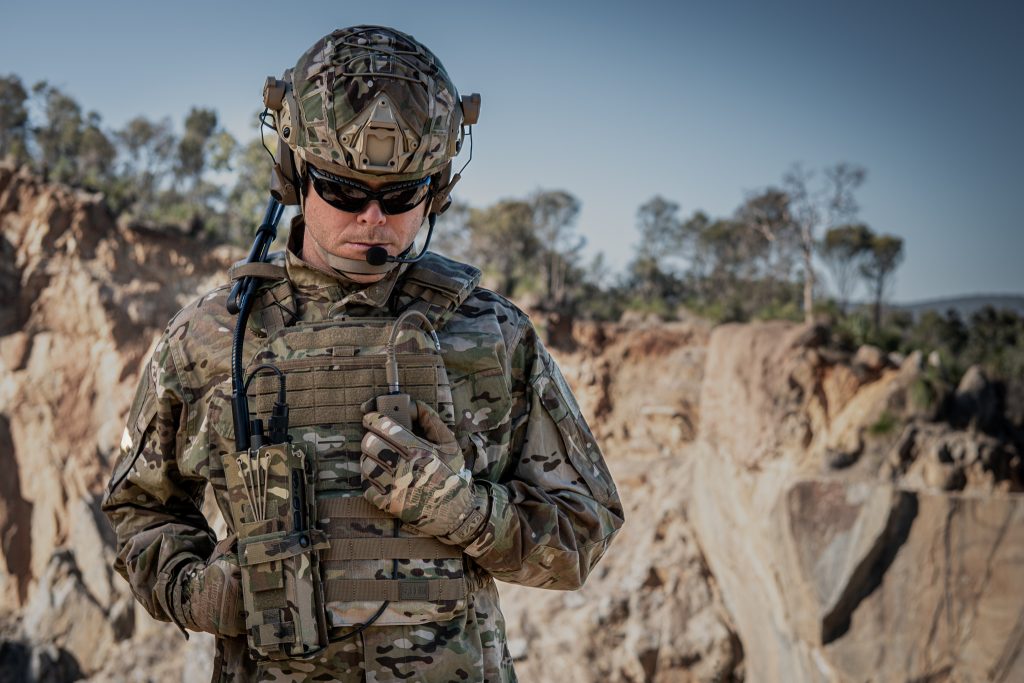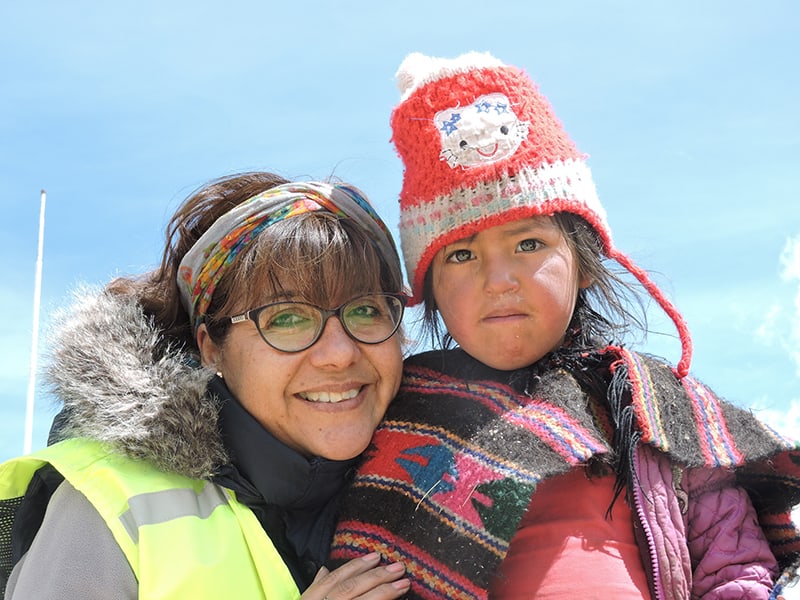Do HF antennas work in dry soil and desert areas?
Do HF antennas work in dry soil and desert areas?
High Frequency radio communications has been a staple for use in remote areas, but can HF radio deliver reliably in dry soil and arid desert conditions? The answer is yes, but only if allowances are made for the poor conductibility of such ground.
The importance of grounding
HF radio antennae located in desert regions or otherwise dry, arid terrain should be fitted with suitable lightning protection and well-grounded to dissipate the high static voltages present in these dry conditions Complete antenna systems such as a horizontal dipole should be implemented to attain optimal range, or a counterpoise utilised for ATU and whip antenna systems, to create an artificial ground.
Manage heat and dust
Radio equipment must be kept both adequately cooled and protected from dust to avoid overheating. Grit and sand will negatively affect HF radio communication equipment, damaging electrical wire insulation over a period of time and infiltrating every crevice including ports and plugs, preventing solid electrical contact. Keep equipment covered at all times to minimise contamination.

Maintain charging capability
Spare batteries should be kept on hand and solar panel use implemented where possible to aid in charging HF radio equipment located in remote areas. All equipment should be firmly tethered and scrupulously maintained to prevent damage from wind or wind-blown sand, grit, or debris.
Prevent condensation
Desert areas subject to high humidity or relatively high dew levels may experience overnight condensation. Devices should be packed, wrapped, or taped to prevent condensation, then checked and wiped down before use.
Beware electric discharge
Wind-blown dust particles and extremely low humidity can contribute to a prevalence of static discharges, and poor grounding conditions can make the problem worse. Fixed position HF radio communications equipment should be properly grounded.
By selecting HF radio equipment that meets military standards for in theatre challenges such as dust, moisture, shock, vibration, electrostatic discharge, and spray, you can cut down on damage to gear. Following strict storage and maintenance guidelines can increase HF capability in areas with poor conductibility, and extend the life of your comms equipment when operating in dry or desert conditions.
To find out which Barrett Communications High Frequency radio equipment system and antenna is best suited to provide the best results in your expected field conditions, get in touch with our team.






